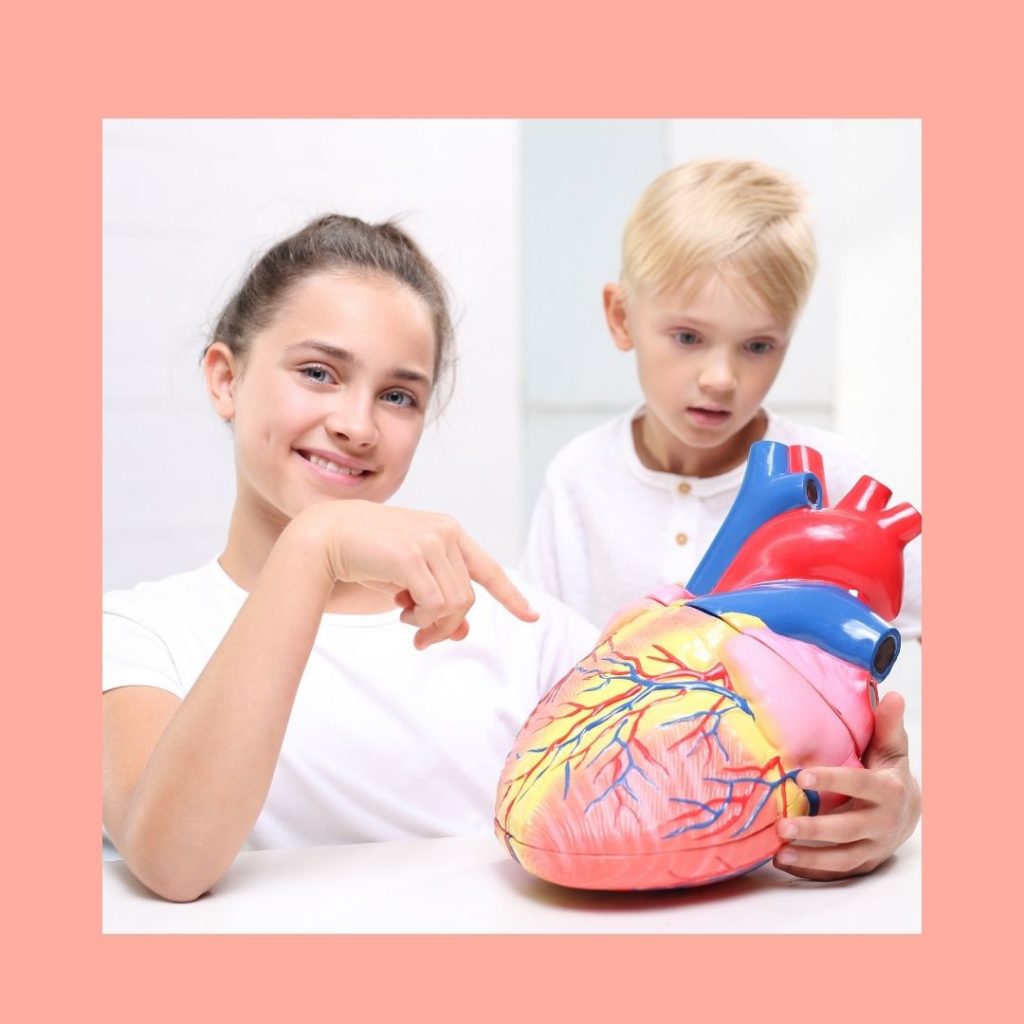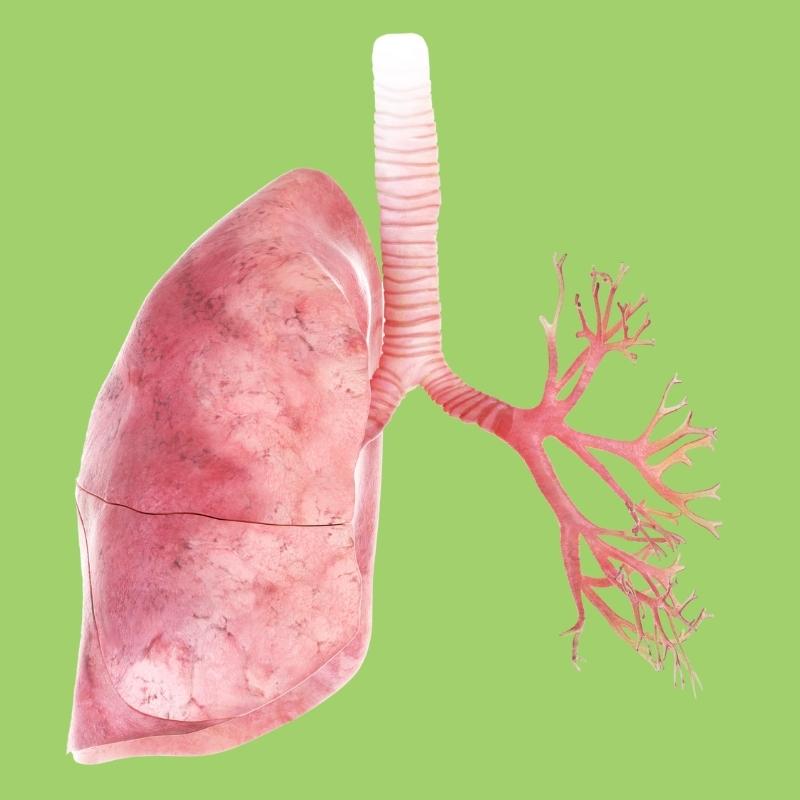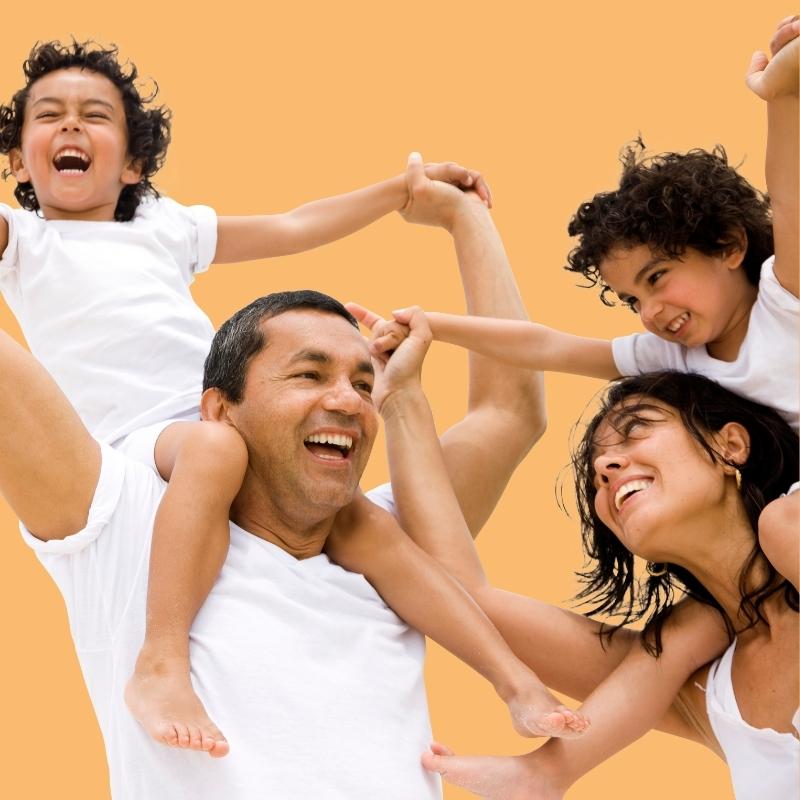7 Random Urine Facts that Might Surprise You
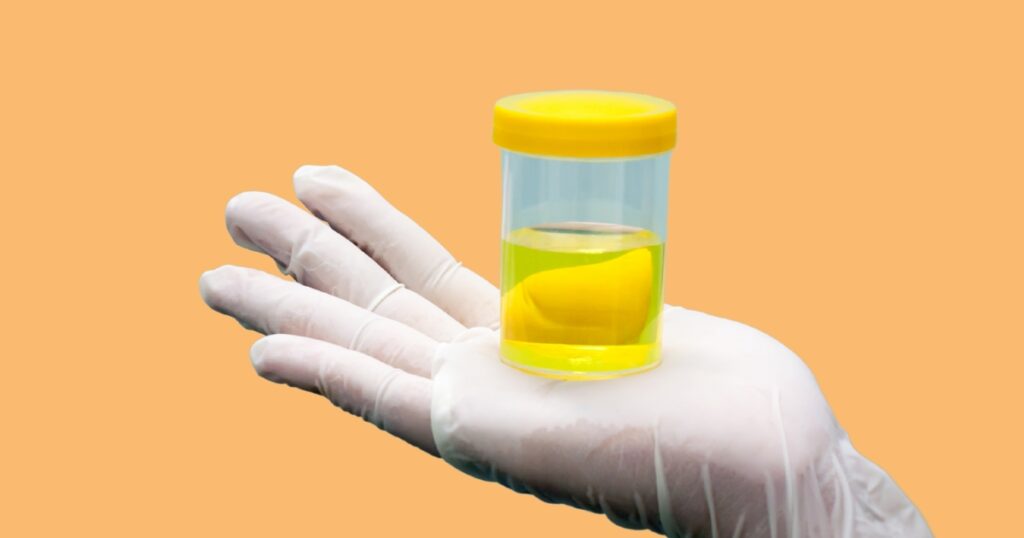
Welcome to the whimsical world of urine, your body’s golden elixir. Urine is a fascinating liquid filled with surprising facts. Each stream of pee gets rid of waste and keeps you healthy.
Fun facts about urine for kids
From glowing under blacklight to the history of doctors tasting it, here are some random urine facts that might leave you saying, “I had no idea!”
Fact #1: Beets can turn urine red.
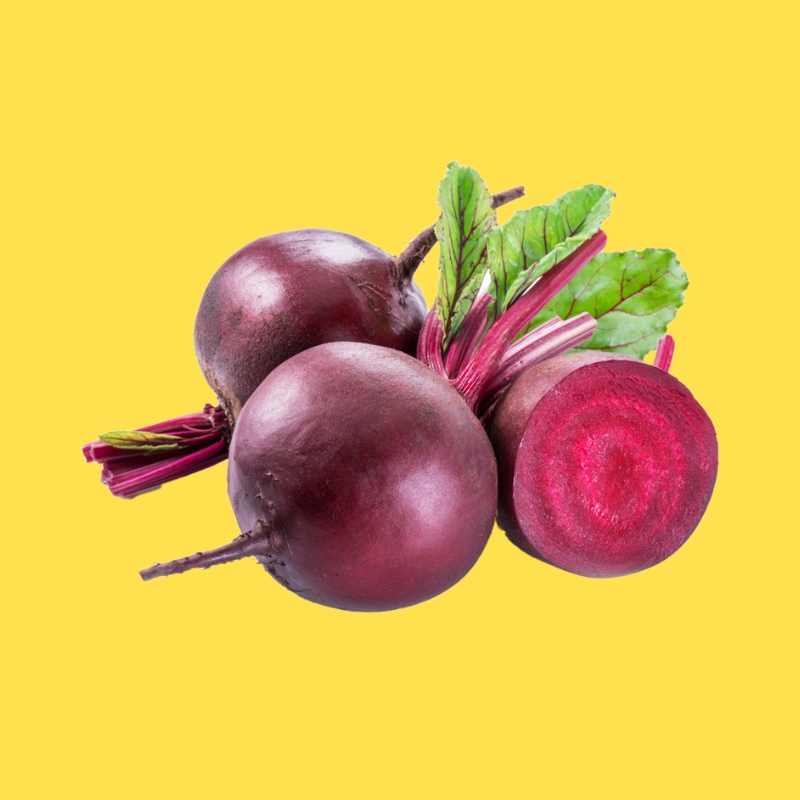
And poop, too!
Normally, the color of your pee is light yellow. But if you have beets for lunch, you might find a colorful surprise in the bathroom later. Beets can turn urine and poop into a shade of red or pink.
Don’t worry; it’s not blood. This is nature’s way of adding a splash of color to your day.
Fact #2: Pee is mostly made of water.
Surprise, surprise! Your urine is 95% water. The remaining 5% is a mix of waste like urea and creatinine, plus elements like sodium (salt), potassium, ammonium, and phosphorus.
No wonder water is the best drink for staying hydrated and making urine.
Fact #3: Urine glows with blacklight.
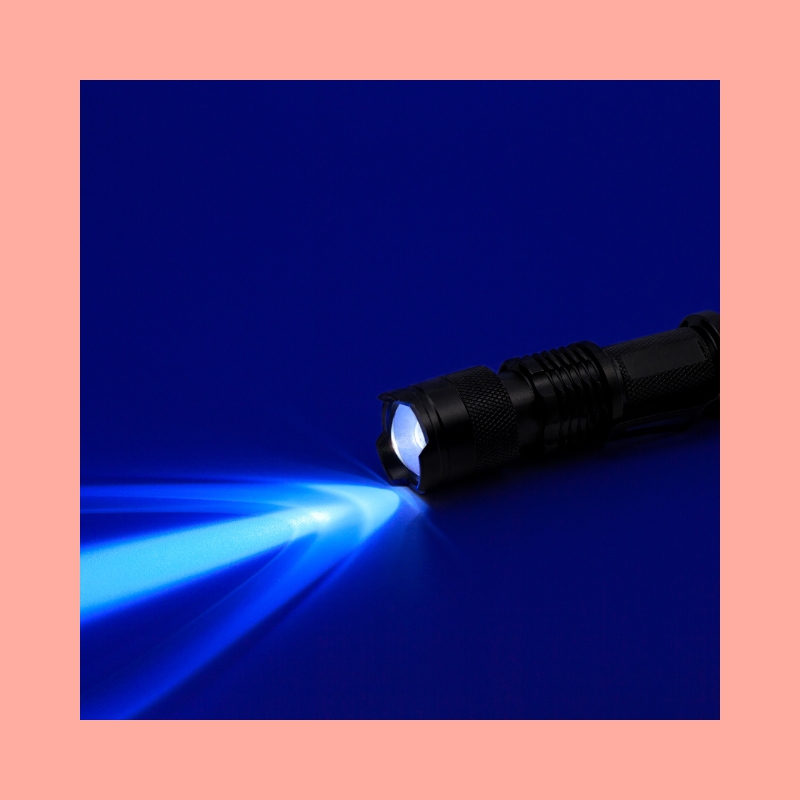
Here’s a urine fact to explore in the bathroom!
Turn off the light, grab a blacklight (ultraviolet light), and prepare to be amazed. Urine glows under ultraviolet lights because it contains phosphorus.
Cats, dogs, and other pets have urine that glows under ultraviolet light. This light trick is a fun and helpful way to find urine stains around the house.
Fact #4: Doctors used to taste urine.
And sniff it, too!
This urine fact might gross you out, but doctors used to diagnose diabetes by tasting and sniffing urine. Urine that smelled or tasted like sweet fruit was often the first sign of diabetes.
When a person has diabetes, their pancreas isn’t working well. As a result, they would have too much sugar in their urine.
Thanks to science, doctors can use tests to diagnose diabetes instead of their five senses.

Fact #5: You should never drink it.
Here’s a life-saving fact about urine to keep in mind. In the rare chance you are lost in a desert without water, urine is a bad backup plan.
Even though urine is mostly made of water, it has garbage your body needs to get rid of. It’s also full of salt. The salt in your urine can make you even more dehydrated.
Fact #6: Running water can help you pee.
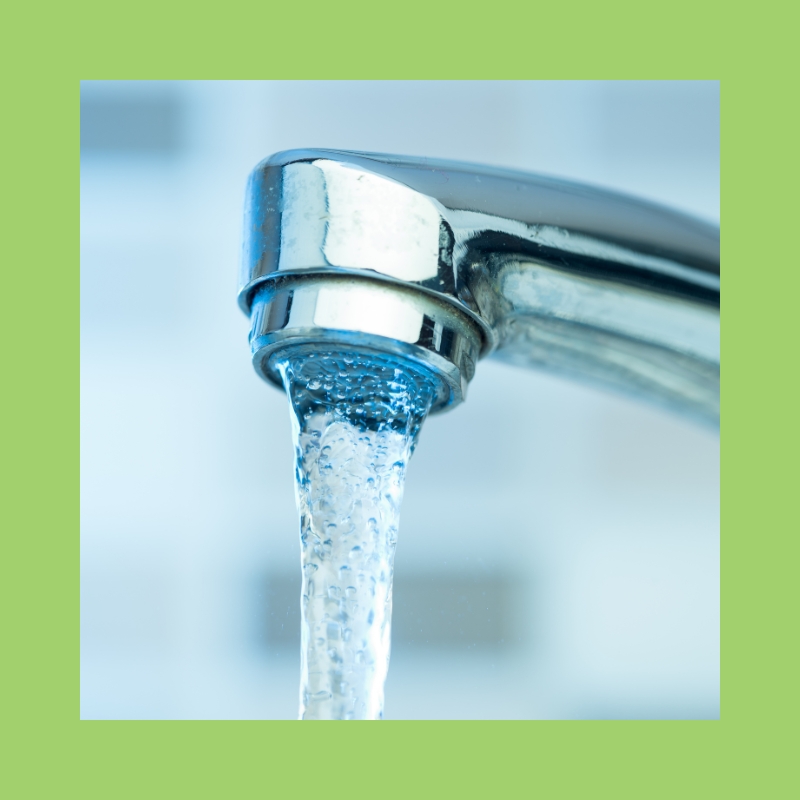
Ever find it difficult to pee when someone’s waiting outside the bathroom door?
Fear not, for the sound of running water can save the day. It can trigger a reflex that relaxes the bladder muscles and helps pee flow out easily.
That’s why people often feel the urge to pee in the shower.
Fact #7: Bladders can hold around to 2 cups of pee.
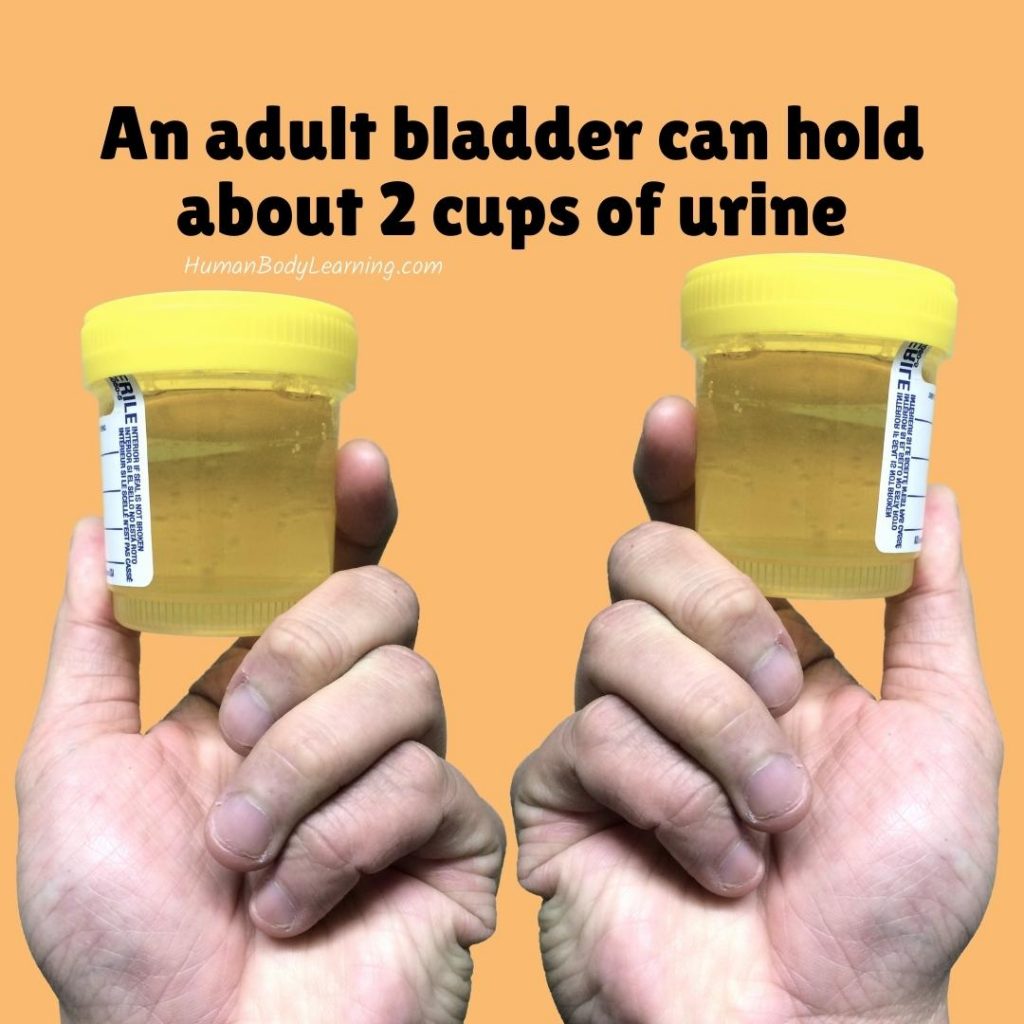
Your bladder is like a bag that stores your golden pee. This amazing bladder bag can hold around 2 cups of urine when you’re an adult and a little less when you’re a kid.
But remember this important fact about urine. When you feel the urge, don’t hold your pee! Your bladder will feel so much better afterward. Remember to listen to your body!
More fun facts about the human body
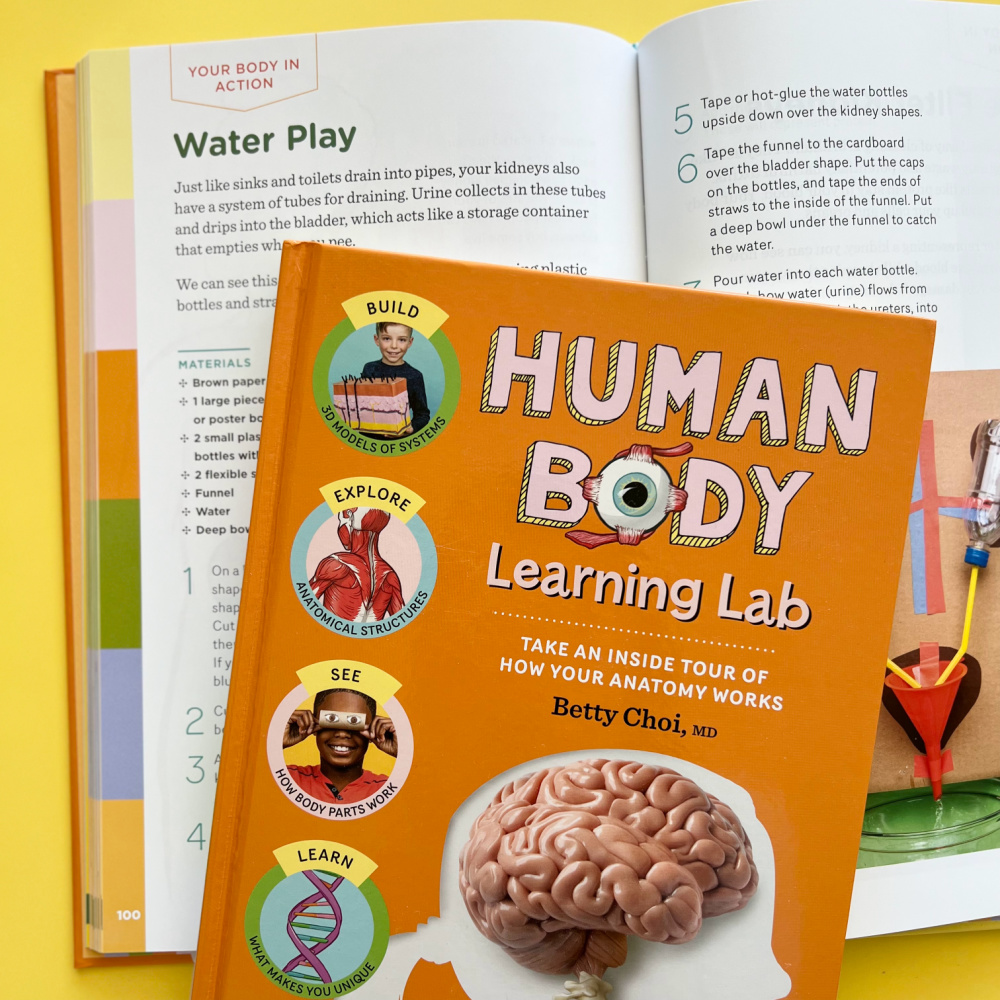
Discover more facts about your amazing anatomy from Human Body Learning Lab, the best book for kids.
Kid-friendly health tips are paired with colorful illustrations. Try an easy experiment to learn how kidneys filter your blood. Make a 3D renal system model to see how the body makes urine. Then, explore other organ systems!
Published on January 1, 2024. Updated on January 23, 2024 by Betty Choi, MD
Published on January 1, 2024. Updated on January 23, 2024 by Betty Choi, MD

Betty Choi, MD
Dr. Betty Choi is a Harvard-trained pediatrician who makes learning fun and doable. She created the kids’ anatomy book Human Body Learning Lab, which Science Magazine recommended as a “notable standout in the genre.”

